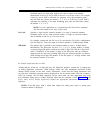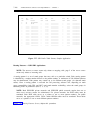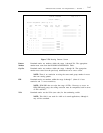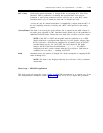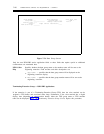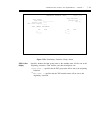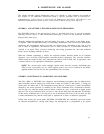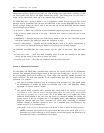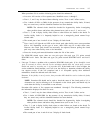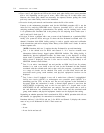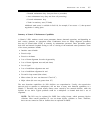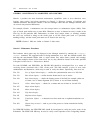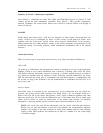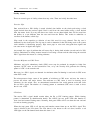
8. MAINTENANCE AND ALARMS
This chapter describes general maintenance items. For solutions to other problems not covered in
this chapter or for additional information about a specific problem, refer to DEFINITY
®
Communications System Generic 2 and System 85 Maintenance Procedures (555-104-117) and
DEFINITY Communications System Generic 2 and System 85 Repair Strategy (555-104-118).
GENERIC 1 AND GENERIC 2 ISDN-PRI MAINTENANCE PHILOSOPHY
The ISDN-PRI consists of the physical level (layer 1), data-link level (layer 2), and the D-channel
signaling protocol (layer 3). The maintenance philosophy is based on the functional distinction
between these three layers.
Generally, maintenance problems are resolved starting from layer 1 and working to the higher layers,
as required. When an ISDN-PRI facility is functioning, maintenance relies on in-service performance
monitoring and nondisruptive testing to localize any detected error. Depending on the type of error
and its level of significance, the detected error is either recorded as a performance anomaly or
resolved to an alarm. These in-service monitoring and testing procedures are used and exhausted
before service disrupting methods are used.
When the customer experiences a trouble, the assigned customer interface should do all available
diagnostic tests involving AT&T-supplied customer-premises equipment. The customer interface
should record the results of these tests, determine the source of the trouble, and, if appropriate, send
a trouble referral to the appropriate maintenance organization.
NOTE: The account team service manager should ensure that the customer understands that
AT&T accepts responsibility only for AT&T supplied products and services and that all non-AT&T
supplied products and services are the responsibility of the customer.
GENERIC 2 MAINTENANCE CAPABILITIES AND CONCERNS
The DS1s, DMIs, or ISDN-PRIs have diagnostic and maintenance procedures that are different from
those procedures used for analog port circuit packs. Except for System 75 and Generic 1, analog port
circuit packs are dumb; that is, any maintenance testing done on a circuit pack is either automatically
directed by the switch processor or manually by the service technician from a maintenance terminal.
And for this case, when the switch processor detects a failure on a port, a fault code is logged against
that port. The service technician does not have to look up the fault code and determine its meaning;
all the service technician does is test the port to see if the failure still exists. If the test fails, the port
is made maintenance busy and the circuit pack is replaced out of hours or whenever appropriate.
Unlike other analog port circuit packs, DS1/DMIs and ISDN-PRIs are considered smart and contain
an onboard microprocessor. Among other things, the microprocessor is programmed to do special
8-1



